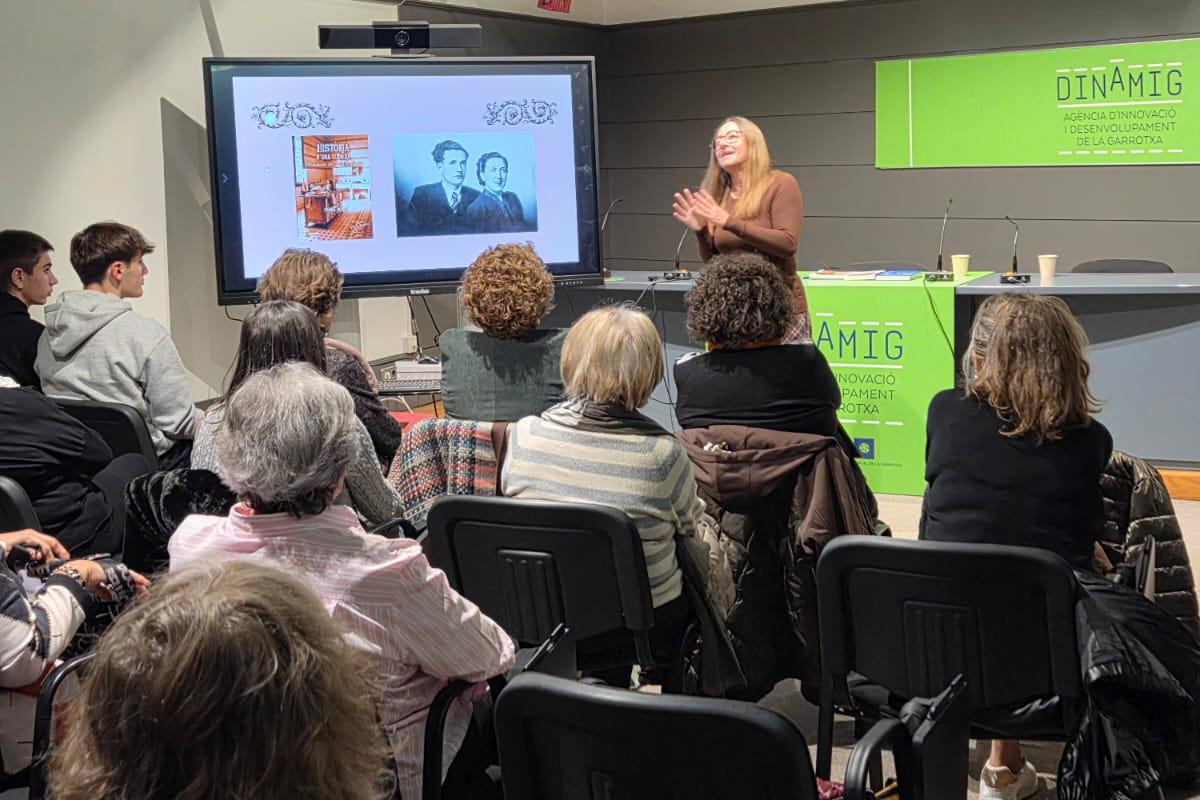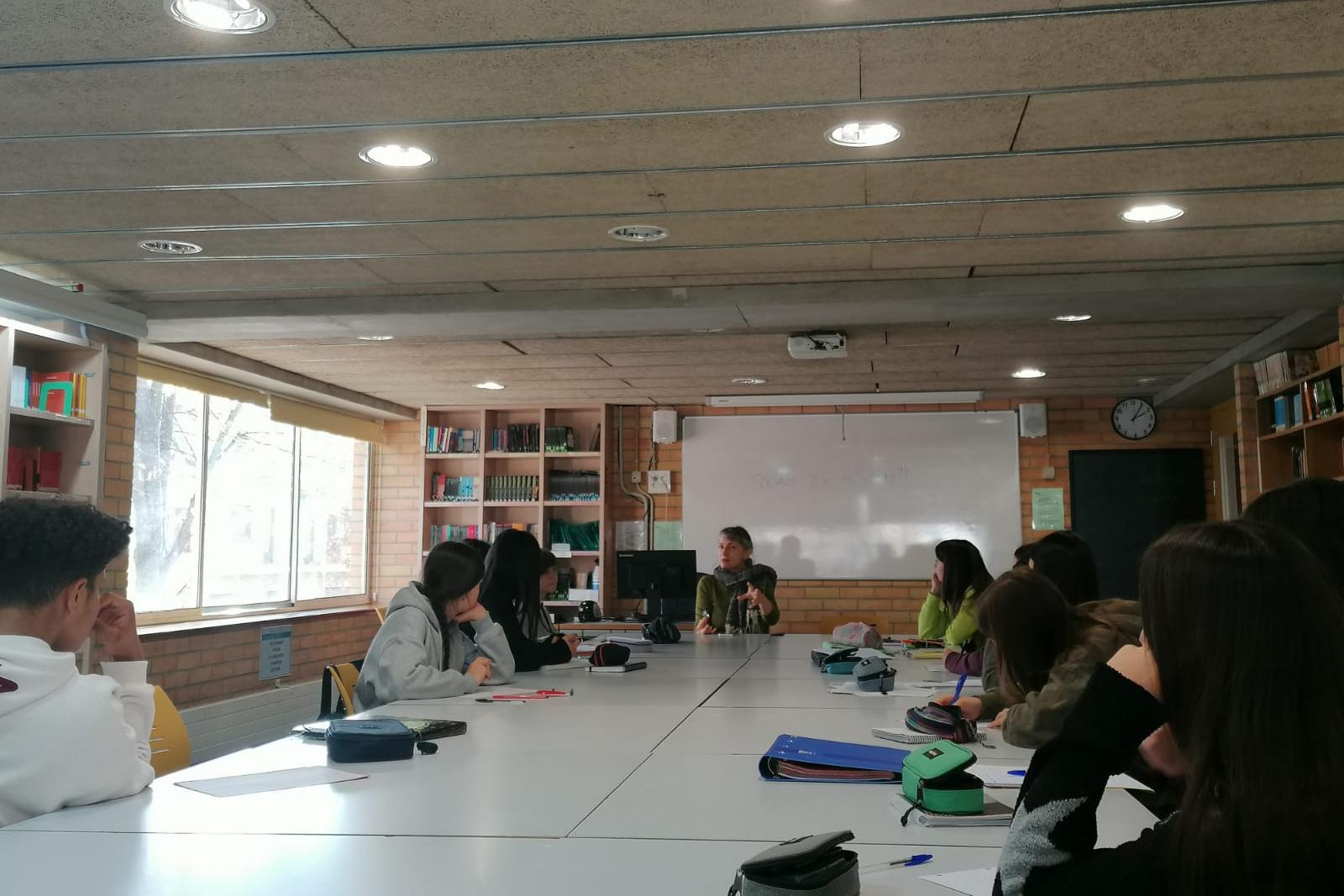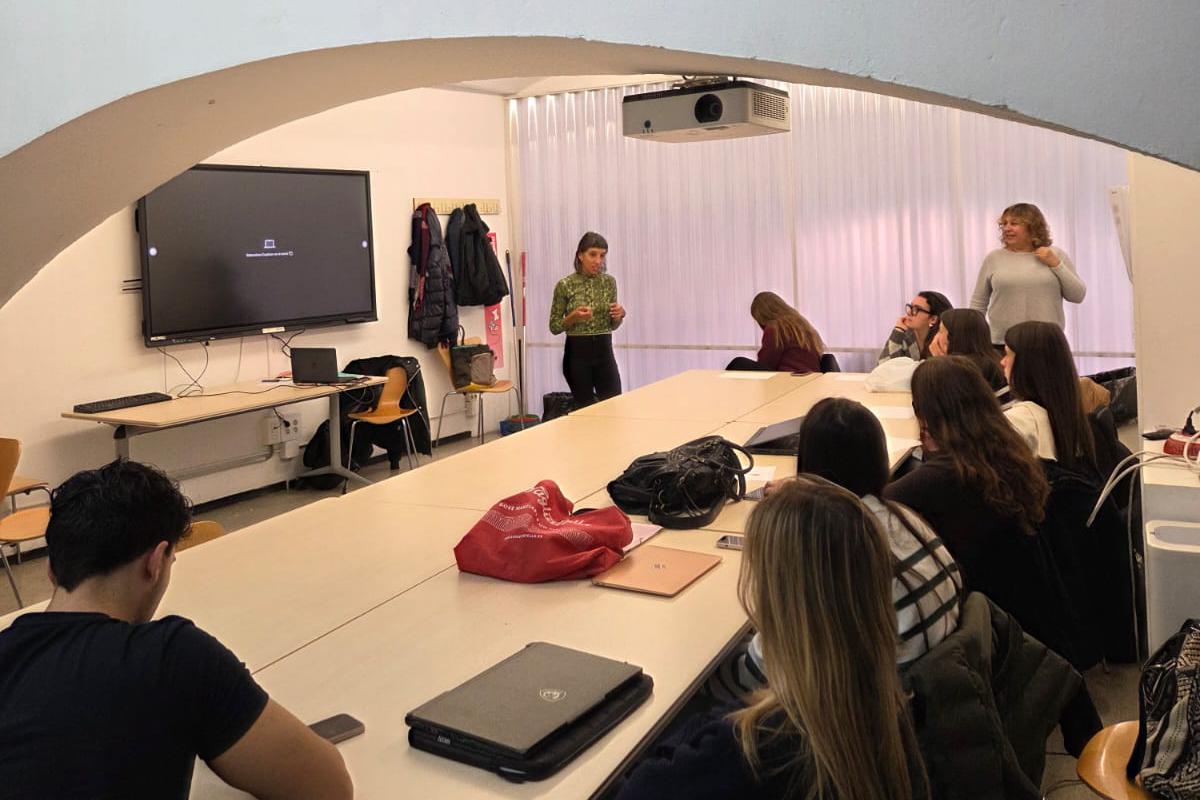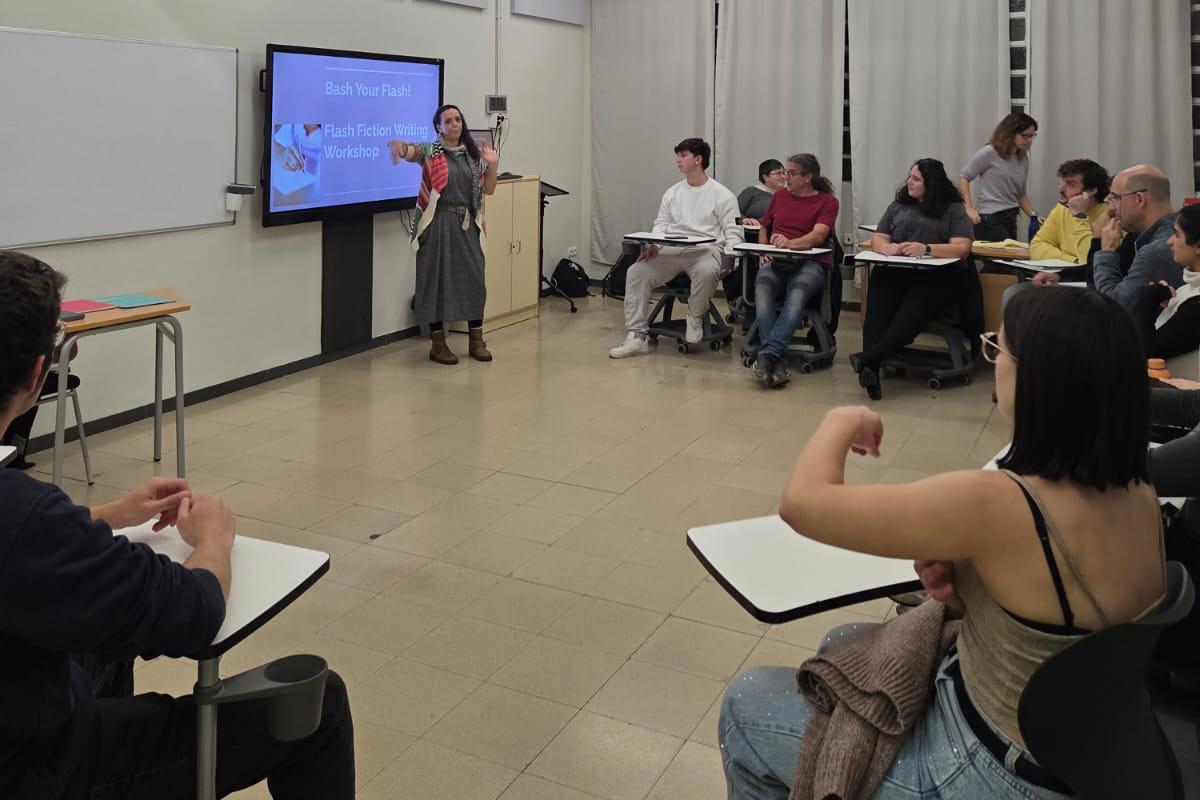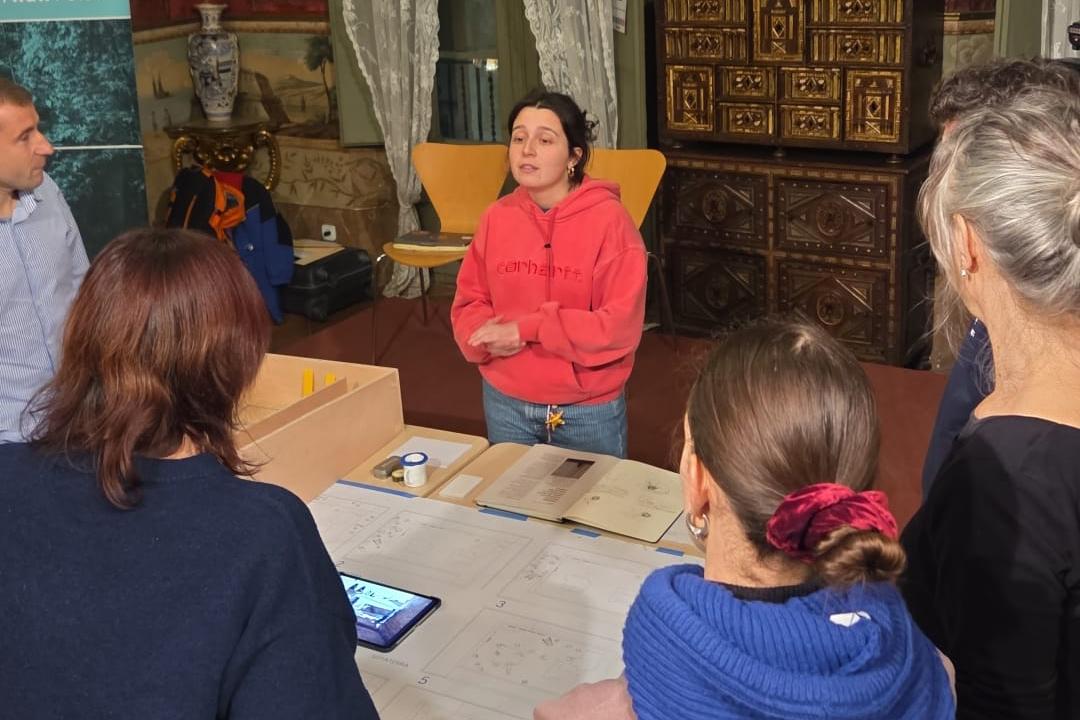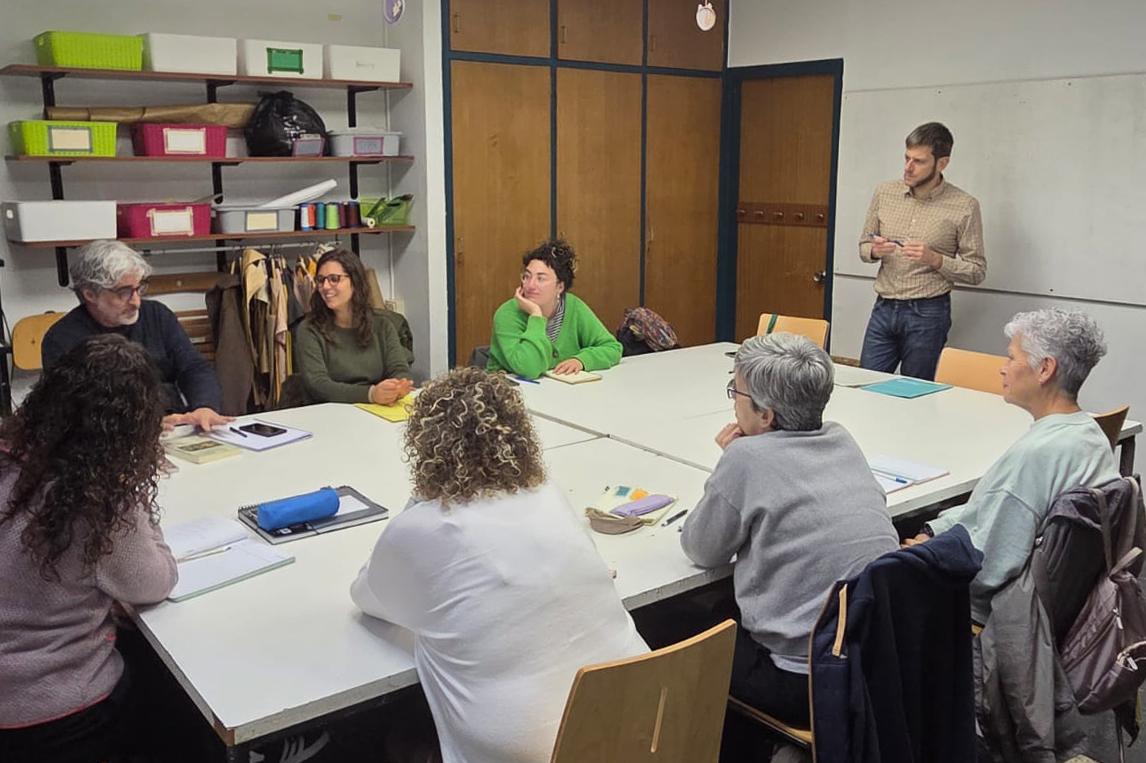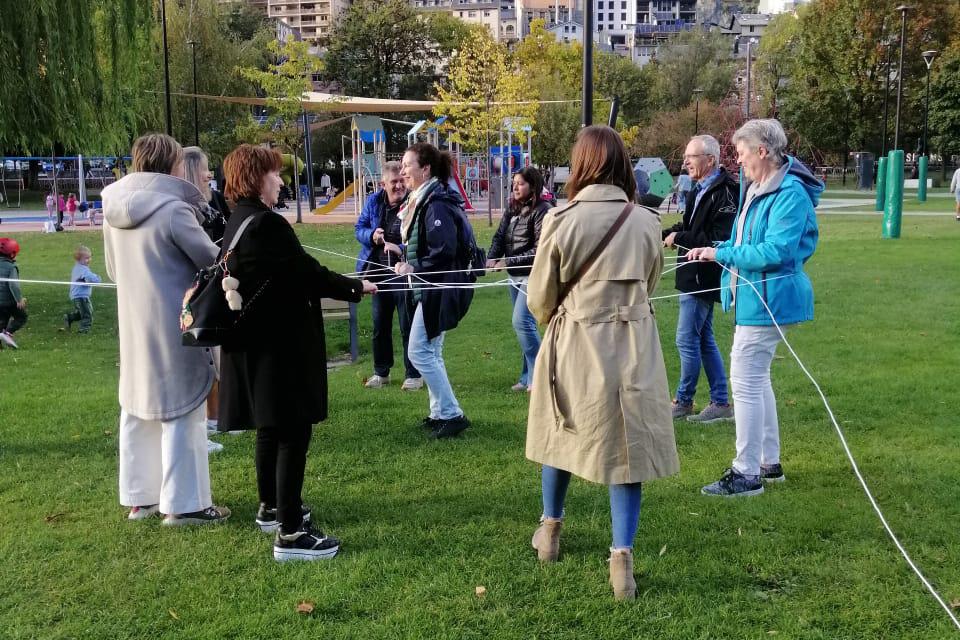Zonal auxiliary languages, Jan van Steenbergen
Sunday, 7 November 2021 , Olot
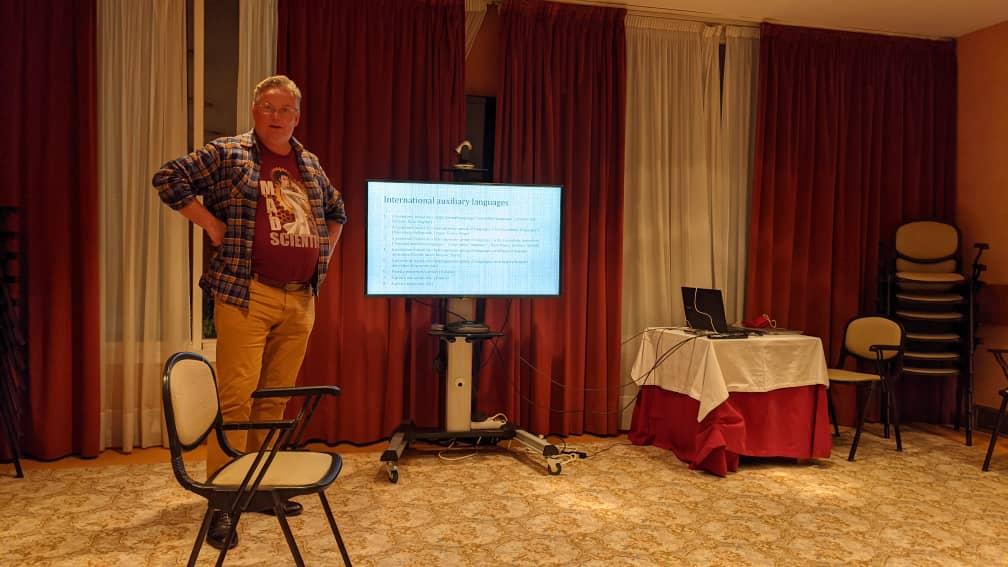
Zonal auxiliary languages, Jan van Steenbergen
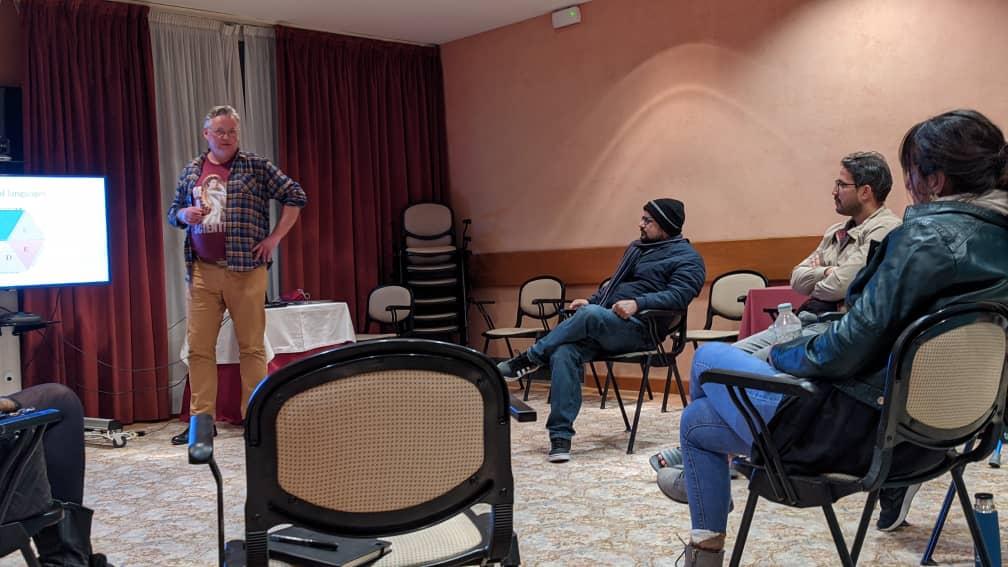
Zonal auxiliary languages are a subcategory of constructed languages based entirely on the linguistic material of a single language family. Unlike languages like Esperanto, they are not intended for global use, but merely to be intelligible to speakers of the source languages without prior learning. The leading principle is “receptive multilingualism”, which can be enhanced by means of international vocabulary, common inherited vocabulary and learning how to recognize correspondences between languages. In many ways, the process of their creation is similar to the process of standardizing a group of dialects or reviving/modernizing an extinct language, the difference being that zonal languages cover existing standard languages and are rarely meant to be adopted by native speakers. Zonal languages can be a practical solution for unidirectional communication with people who don’t share a common language of communication like English. The oldest and most successful example of a zonal auxiliary language is Interslavic, which currently has a user community of over 15,000 people.




